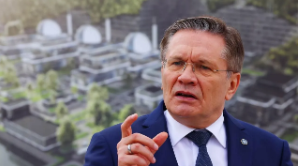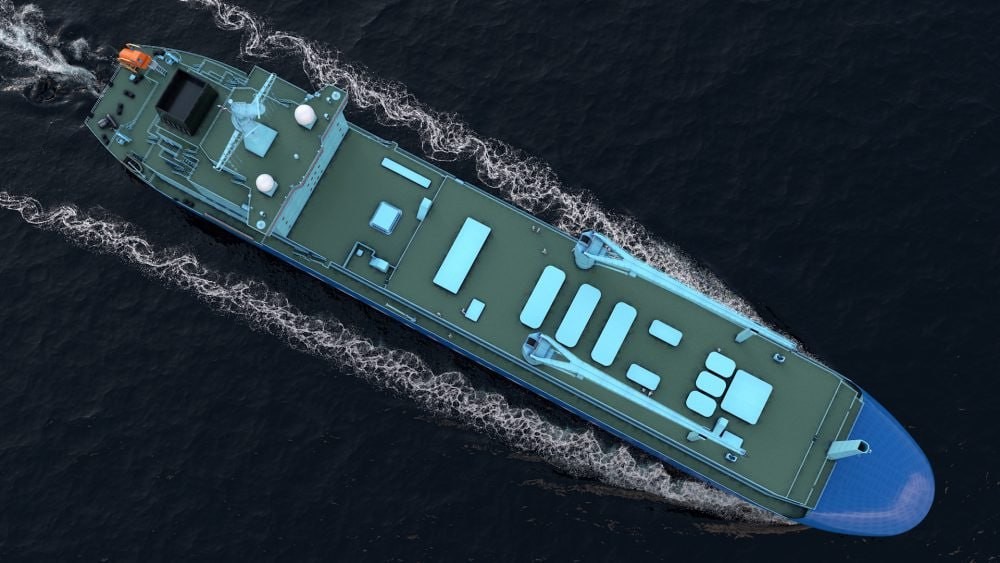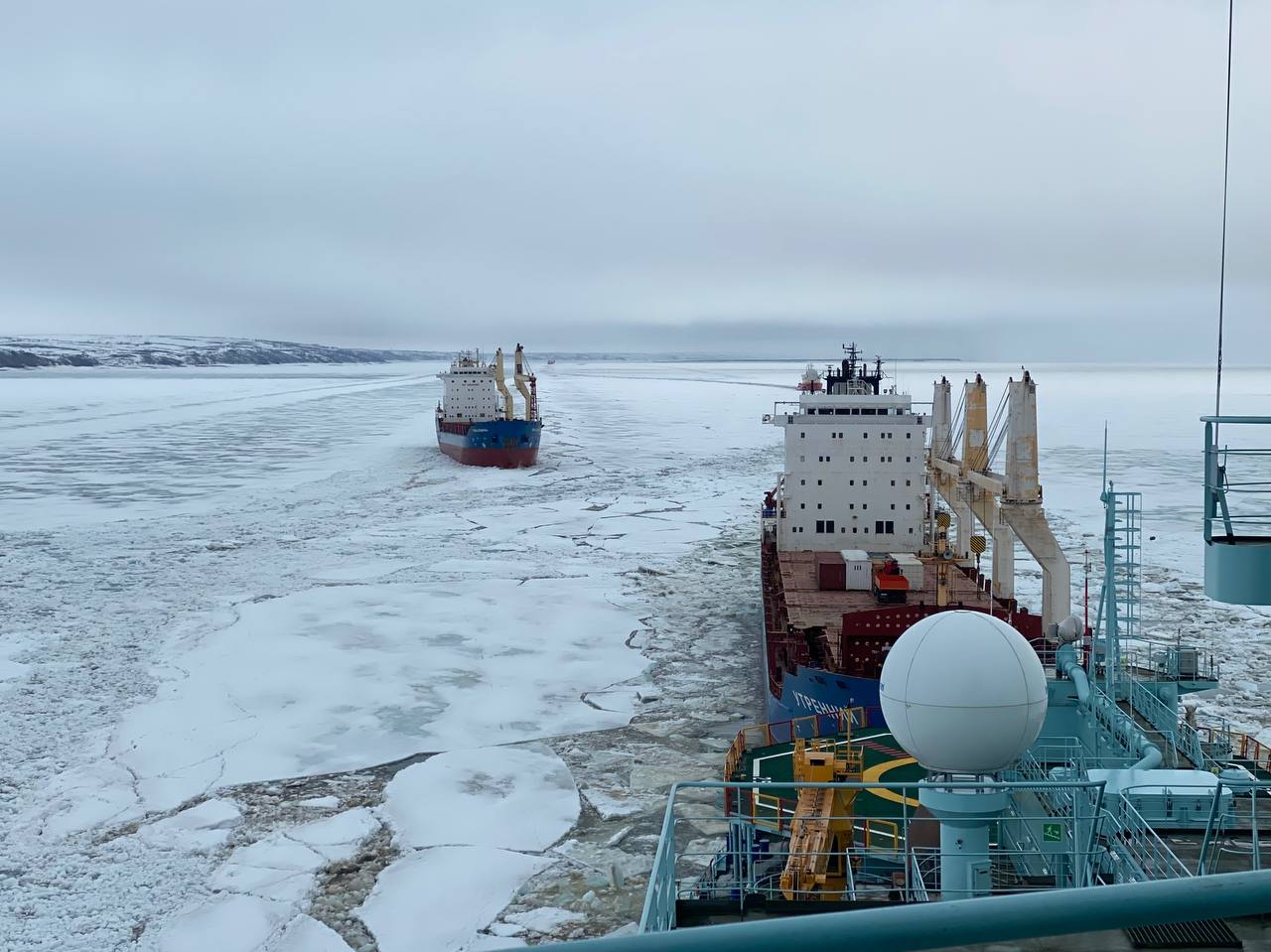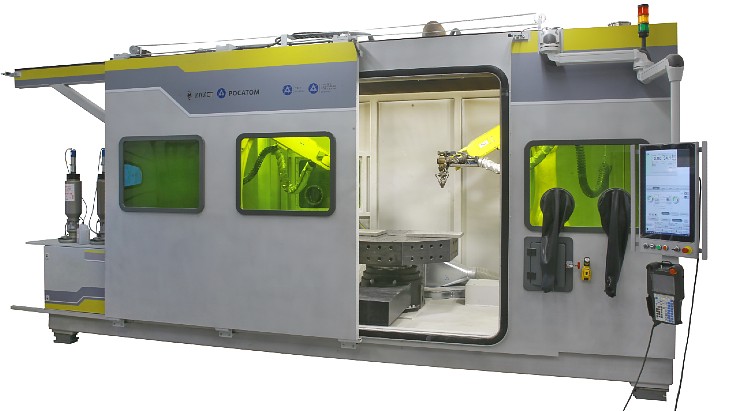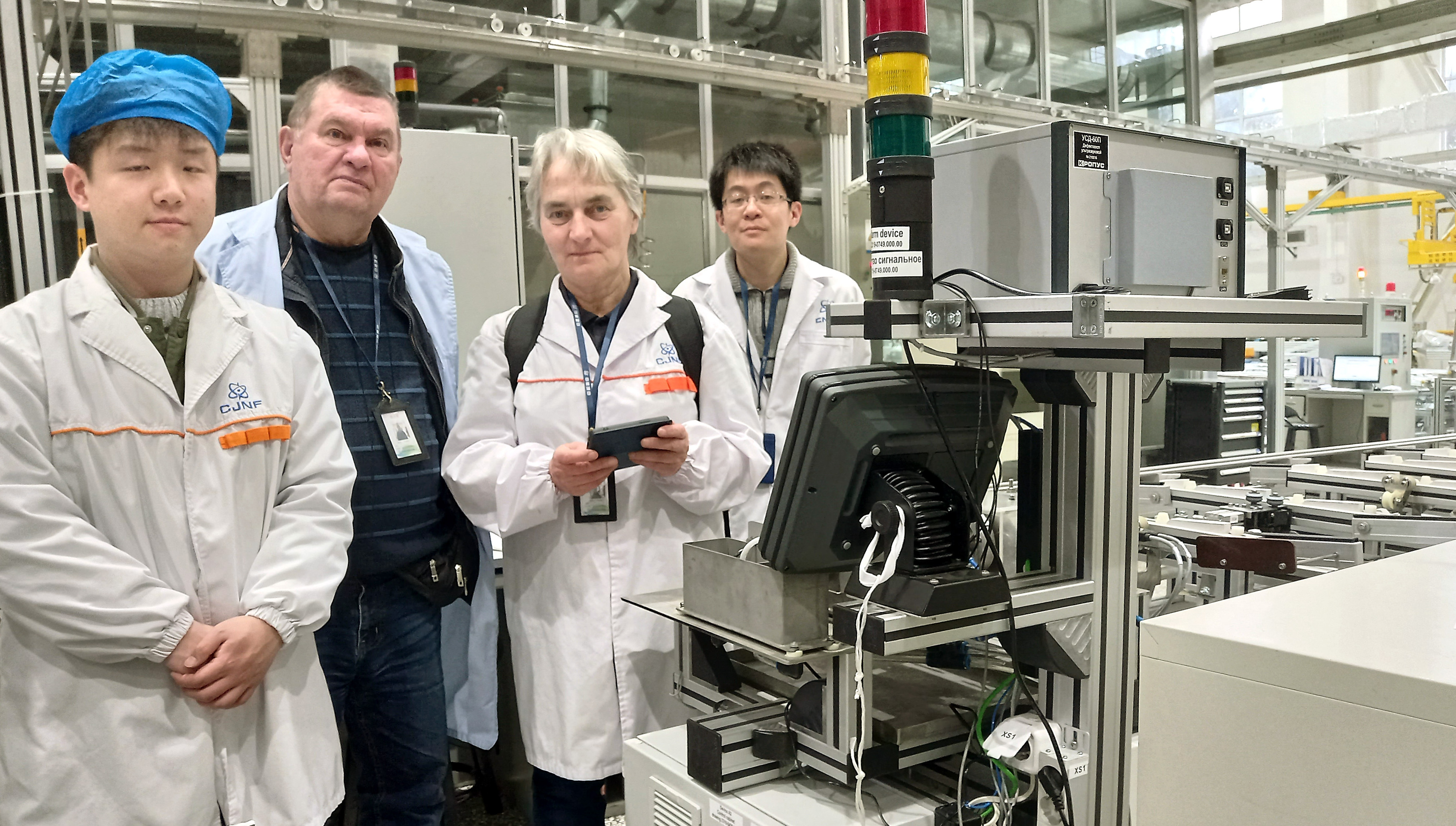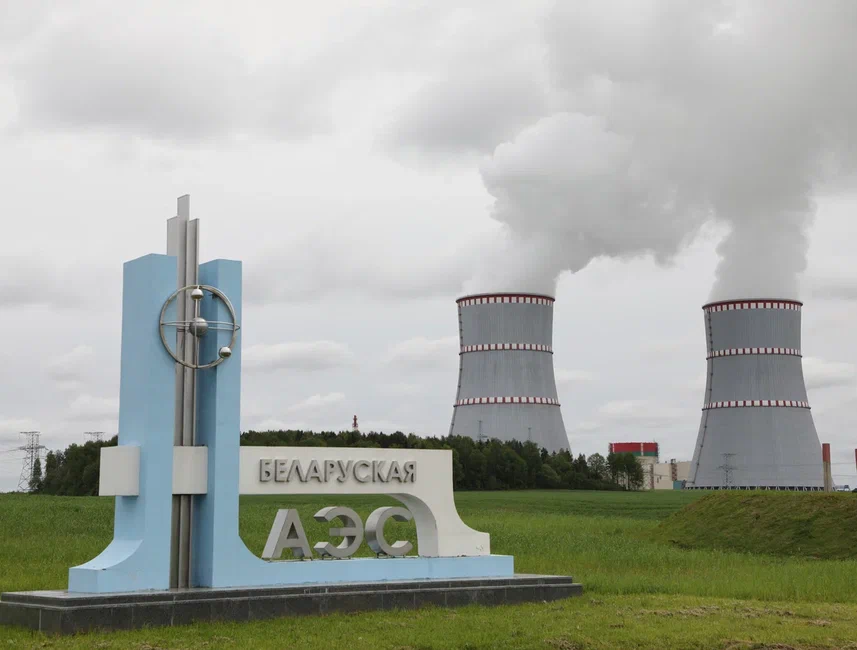Russian state nuclear corporation Rosatom on 28 November announced the start of the construction of a molten salt research reactor (JSR) at the Zheleznogorsk Mining and Chemical Combine (MCC).
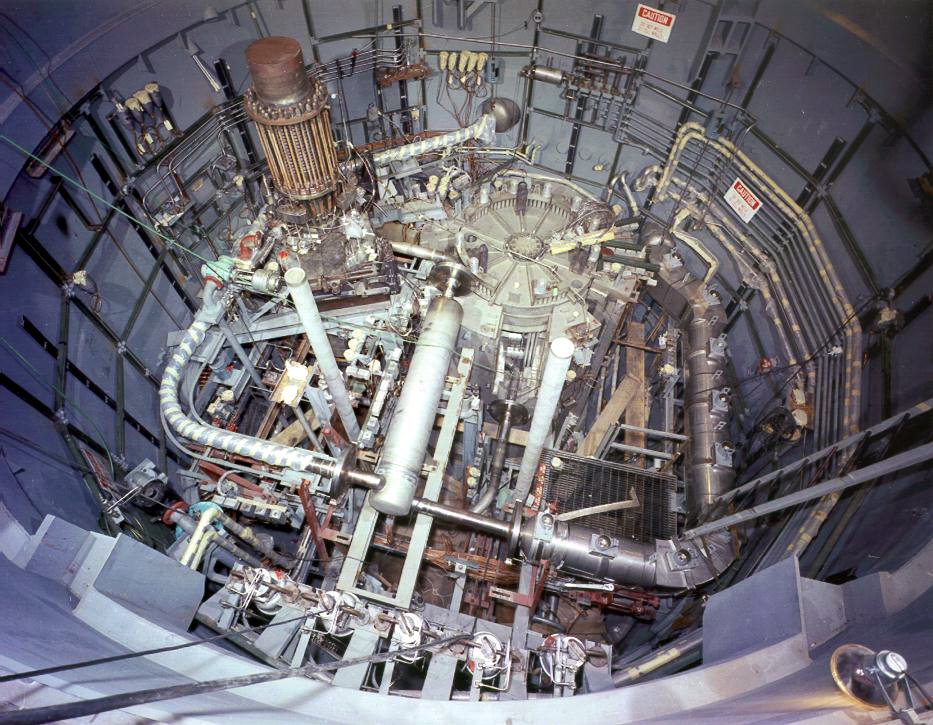
Construction is expected to take at least ten years. According to the MCC press service, the first stage will involve the development of a research reference facility, from which the initial data will be obtained for the design of JSR, which will have a capacity sufficient to burn minor actinides: americium, curium and neptunium.
The new reactor could make serious progress towards solving the issue of high-level radioactive waste disposal. In addition, the location of the complex, where the underground of the ADE-2 nuclear power plant was previously located, means JSR could also be an energy source for Zheleznogorsk city as transmission systems already exist.
MCC said JSR had previously received the support of Rosatom for R&D for justification and the project was now moving into a practical phase.
Molten salt reactors are not a new concept. The first such installations were developed in the USA in the 1950s. However, in the context of the Cold War, the main task was to develop weapons-grade plutonium and molten salt reactors were not suitable for this so the US programme was cancelled. In Russia, theoretical development began in the second half of the 1970s at the Kurchatov Institute. The research results confirmed the efficiency of salt reactors, but after the Chernobyl disaster and the general stagnation of nuclear energy development that followed, the work was stopped. However, the relative safety of molten salt reactors and their ability to burn actinides have seen a revival of interest. Neptunium and Americium have a half-life of hundreds of years, but 20 molten salt reactors will be able to process everything that has been accumulated over the past half-century. “This type of reactor can close the fuel cycle, that is, reprocess the accumulated SNF with a significant reduction in the amount of waste,” said MCC. As to timing, based on the current state of affairs, it will take at least 5-7 years to build the reactor and two more years to set it up. It all depends on funding, MCC said.
